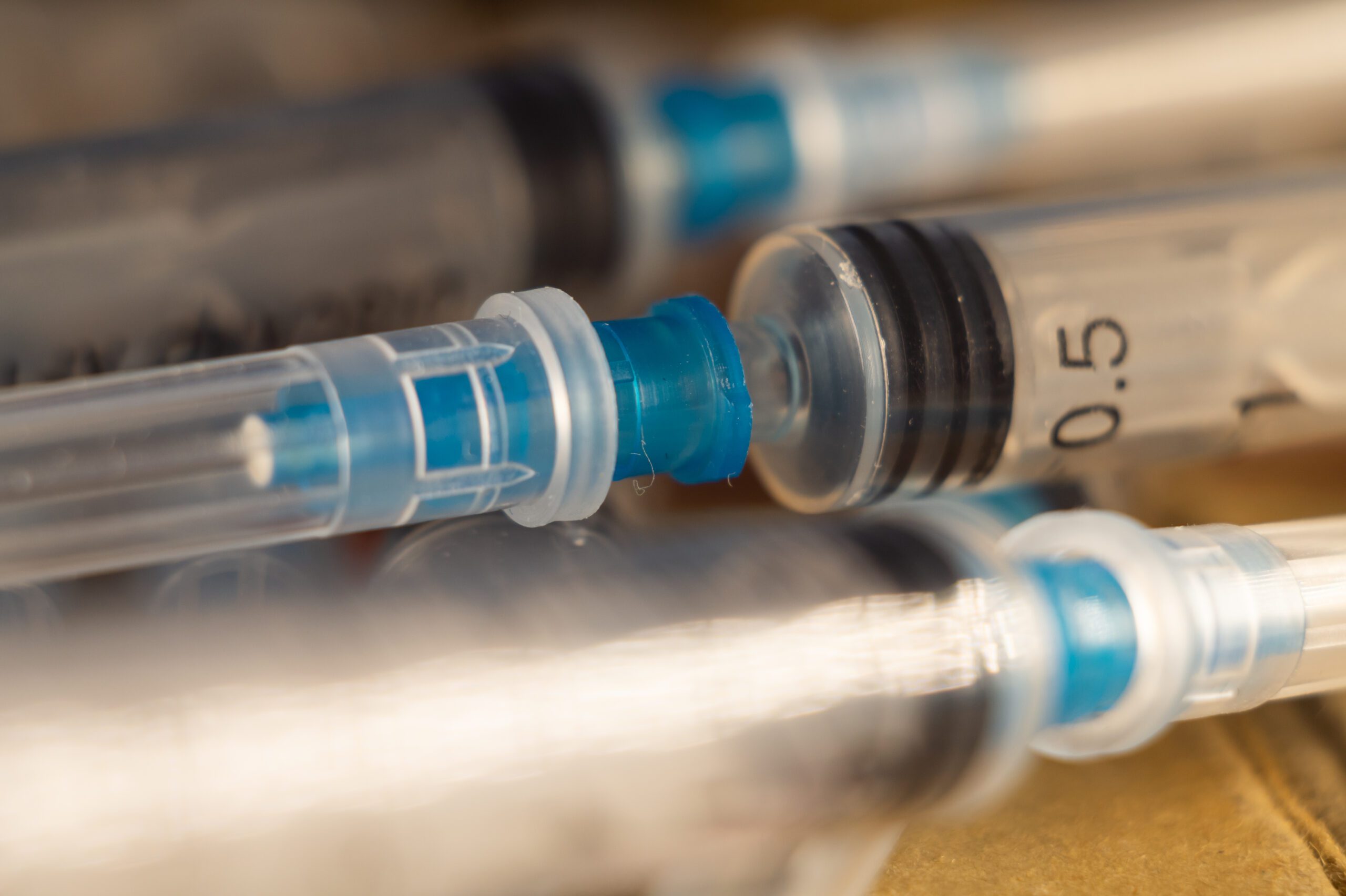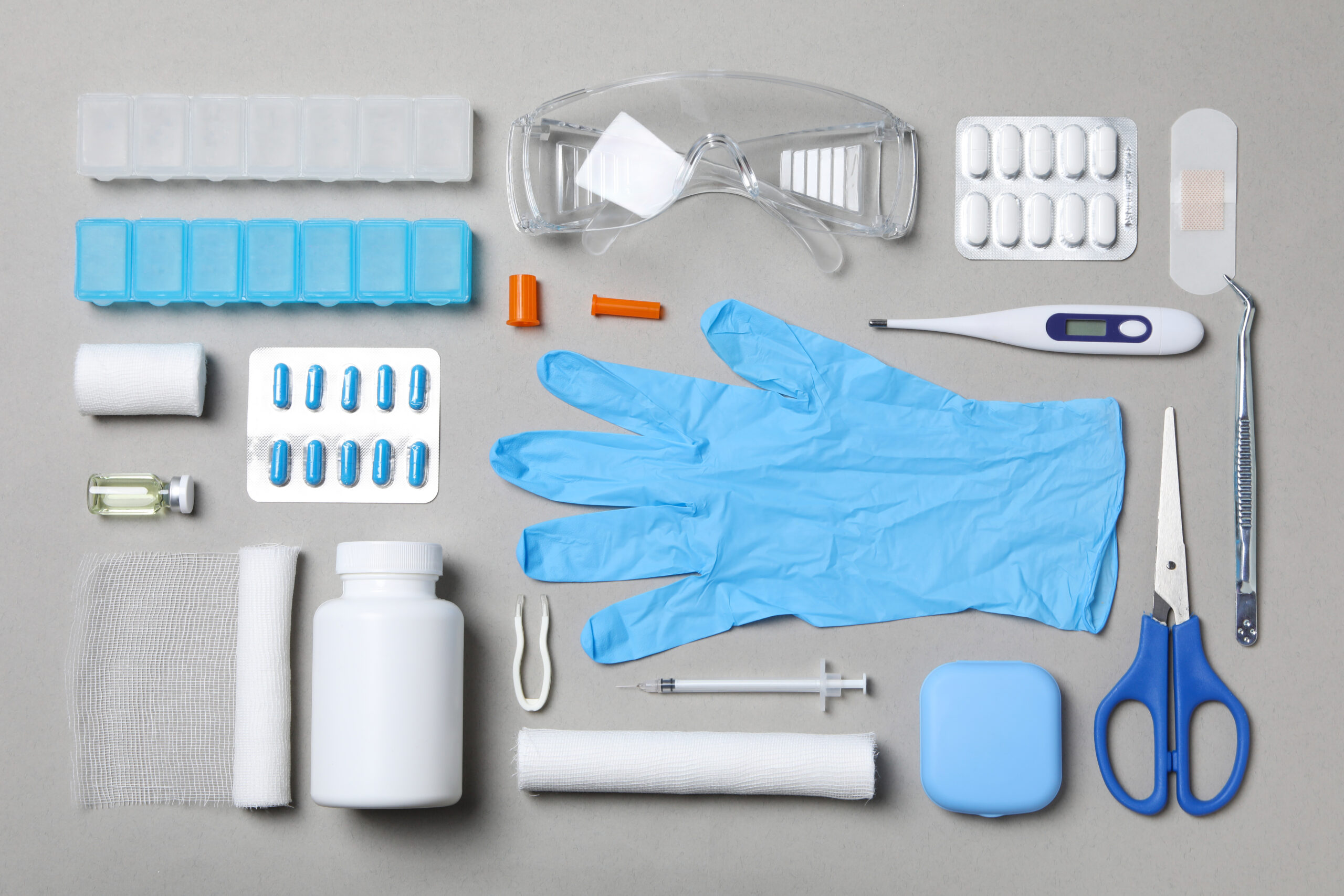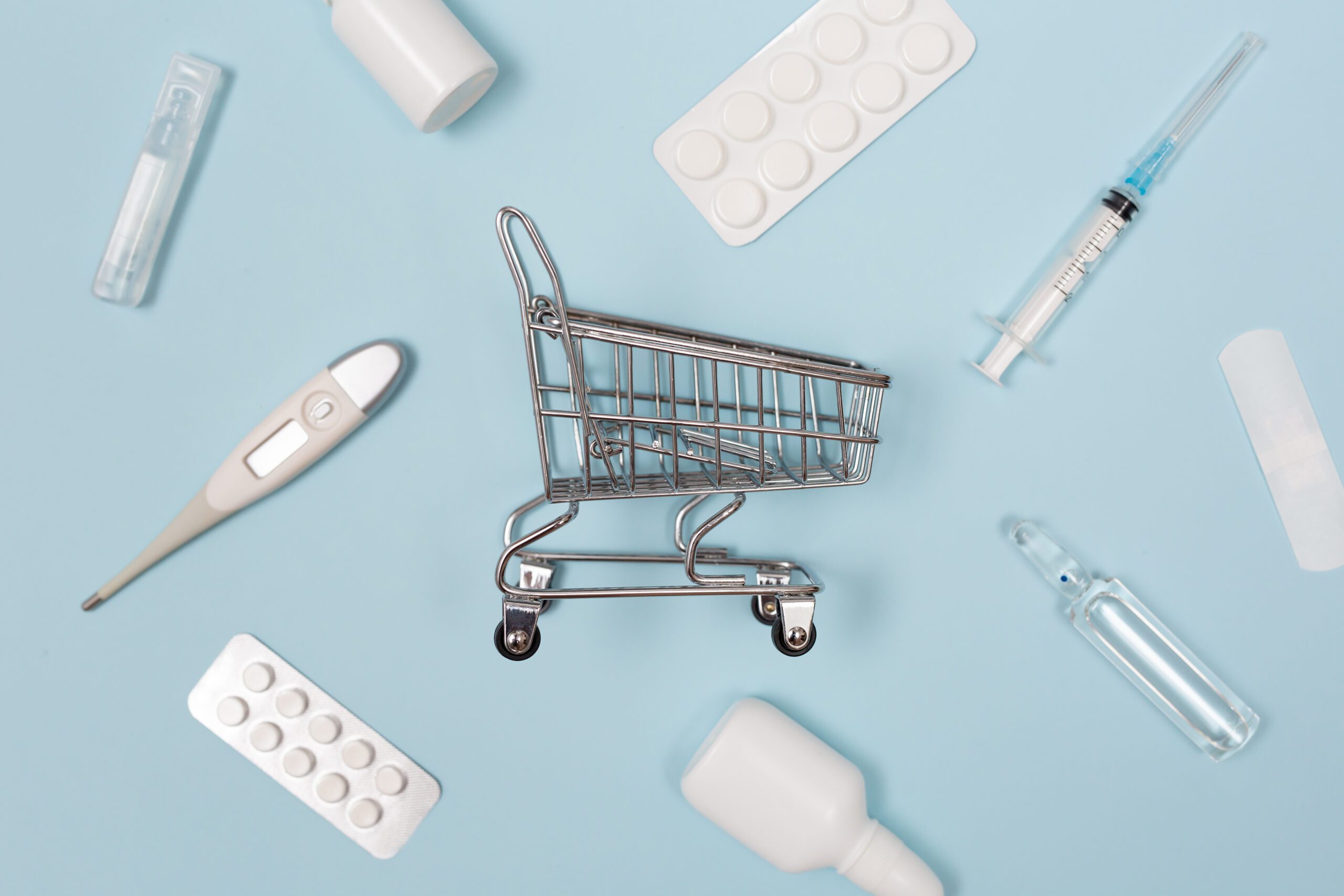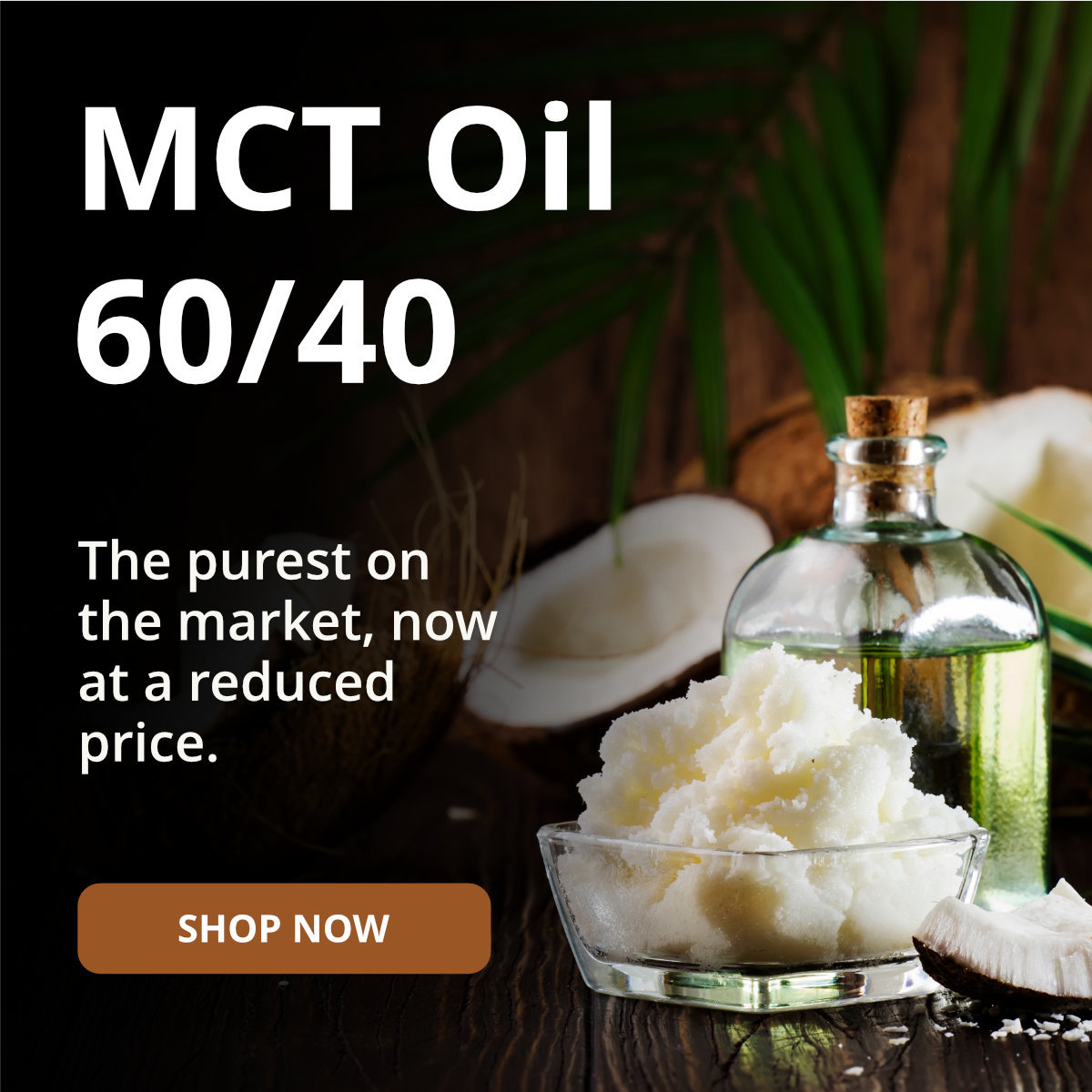Polyethylene glycol, often referred to by its abbreviation, PEG, is an amazing chemical compound that plays a huge role in numerous industries, including medicine, cosmetics, and even industrial applications. At Med Lab Supply, we’re excited to share how this versatile substance is used, why it's used, and how you can incorporate it into your professional setting.
What is Polyethylene Glycol or PEG for Short?
PEG is a polymer made from ethylene oxide and water, known for its low toxicity and safe absorption rate of less than 0.5%. But what really makes PEG fascinating is its incredible adaptability, which makes it suitable for a wide range of things, from pharmaceuticals to industrial manufacturing. Here's an example:
Polyethylene Glycol 300 (PEG 300), one of the more commonly used forms, is highly valued for its:
- Non-toxic: Safe for use in a wide range of products
- Odorless and colorless: Ideal for applications and solutions where neutrality is important.
- Non-irritating: A great option for both pharmaceutical and cosmetic uses.
- Stable: It won't evaporate easily or react with other substances.
- Water-soluble: Dissolves readily in water but doesn't alter the solution's taste, color, or odor.
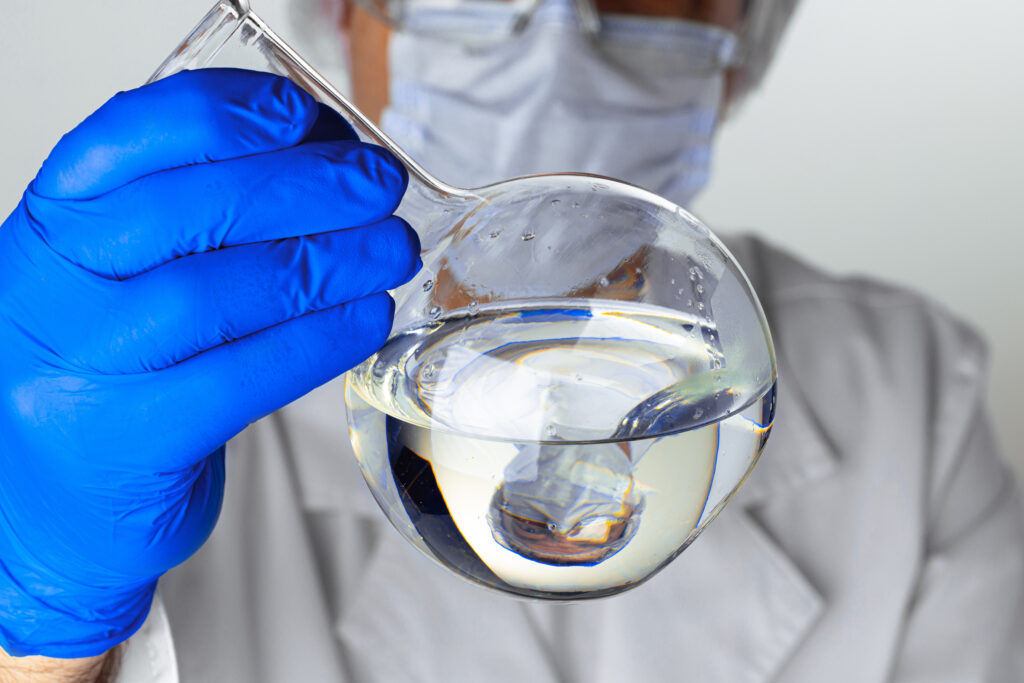
With the above-mentioned properties, it's understandable why you can find PEG in:
- Color stabilizers
- Artifact preservation materials
- Lubricants like eye drops
- Laxatives
- Veterinary wound care medications
- Toothpaste
- Skin creams
At Med Lab Supply, we are proud to offer high-quality polyethylene glycol products, such as PEG 300, that meet a variety of industrial, medical, and personal care needs.
Whether you're in the lab, on a construction site, or even in a dental office, PEG is quietly working behind the scenes, enhancing the products you rely on every day.





